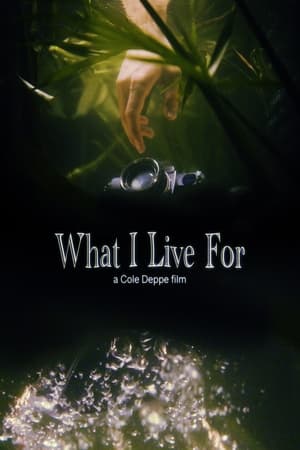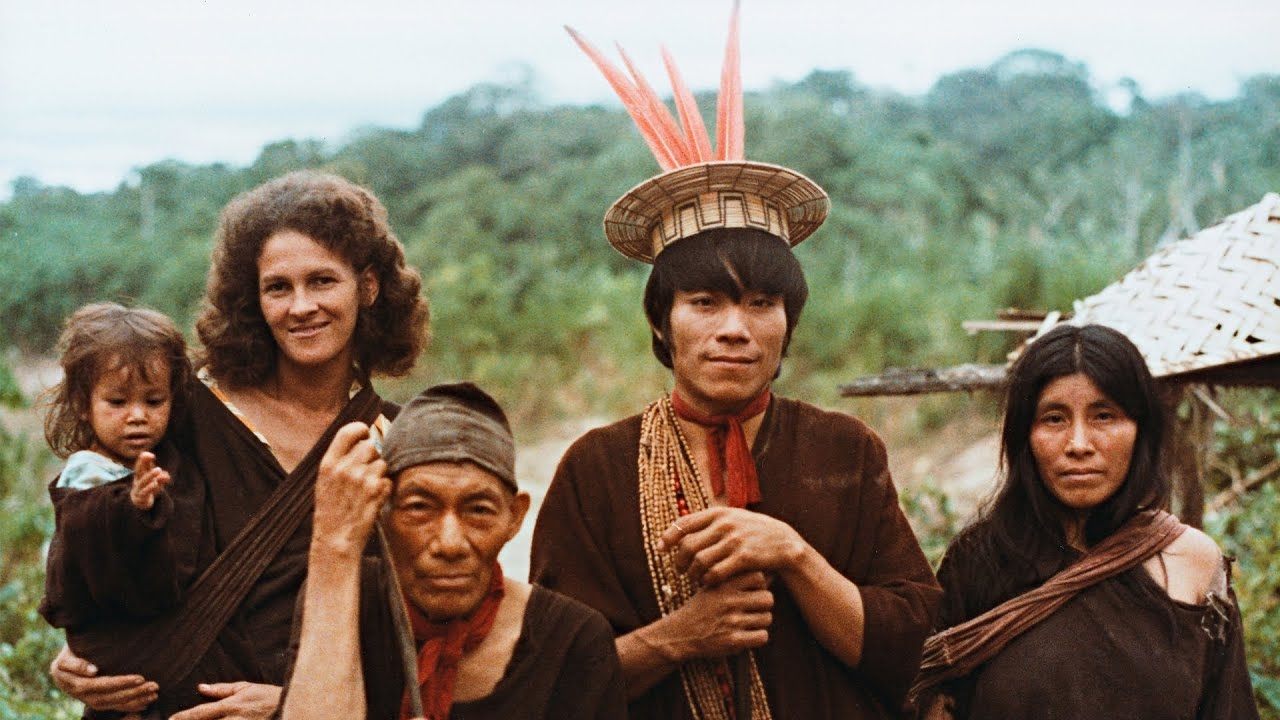

Antonio y Piti(2019)
Thirty years ago, a rubber company enslaved a group of Asháninka people, manipulating them into tapping the trees in the lush borderland between Peru and Brazil. The company was expelled by a coalition of Indigenous and non-Indigenous people, led by one mixed race couple. Now the adult children of this marriage combat political corruption and ongoing environmental disaster.
Movie: Antonio y Piti

Antonio y Piti
HomePage
Overview
Thirty years ago, a rubber company enslaved a group of Asháninka people, manipulating them into tapping the trees in the lush borderland between Peru and Brazil. The company was expelled by a coalition of Indigenous and non-Indigenous people, led by one mixed race couple. Now the adult children of this marriage combat political corruption and ongoing environmental disaster.
Release Date
2019-11-24
Average
10
Rating:
5.0 startsTagline
Genres
Languages:
PortuguêsKeywords
Recommendations Movies
 9.5
9.5Maja/Ulrikke(no)
Jakob thinks that everything is going well with his girlfriend, but the relationship ends abruptly. He can not put her behind him, even if a new girl enters the picture.
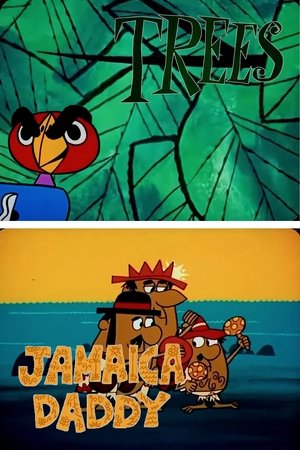 4.2
4.2Trees and Jamaica Daddy(en)
"Trees and Jamaica Daddy" was the first of a UPA series (short-lived) that featured two different subjects (plot, characters)running about 3.5 minutes each, on a seven-minute reel. The first one here was titled "Trees", featuring a little girl named Hattie giving her version of the birds, the bees and trees. The second one on the reel was called "Jamaica Daddy", about the animated Hamilton Ham and his band, who tell all about, in music and the usual UPA animation style, Jamaica Daddy, and his family tree in calypso fashion. "Ham-and-Hattie" were not a team, and did not appear together in this cartoon.
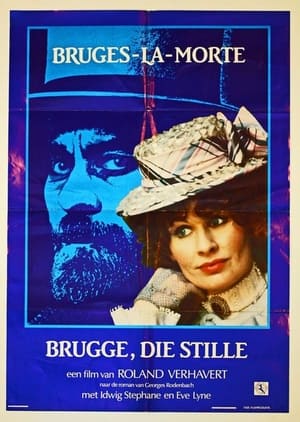 5.3
5.3Silent Bruges(nl)
Hugues cannot get over the untimely death of his wife Blanche, who made him happy for ten years. He lives alone in his house in Bruges, a city he would like to be dead like his wife. The sorrowful widower has transformed the place he lives in into a shrine dedicated to his beloved wife. One day, he meets Jeanne, a ballet dancer, who looks like Blanche.
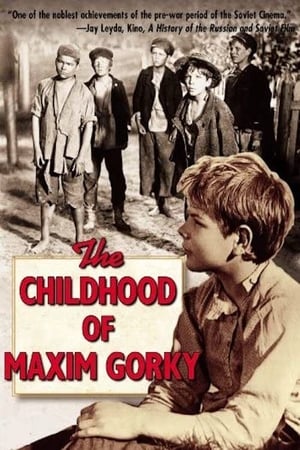 6.0
6.0The Childhood of Maxim Gorky(ru)
Young Maxim grows up under the czarist regime with his grandparents as guardians. Continually demeaned by his martinet grandfather, Maxim is drawn to his warm-hearted grandmother, who instills in him the willingness to pursue his writing muse.
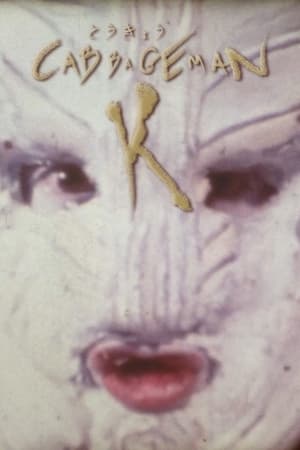 7.0
7.0Tokyo Cabbageman K(ja)
A young man wakes up one morning to find that his head has transformed into a large cabbage. He quickly becomes a source of bemusement, desire and hostility to all those around him.
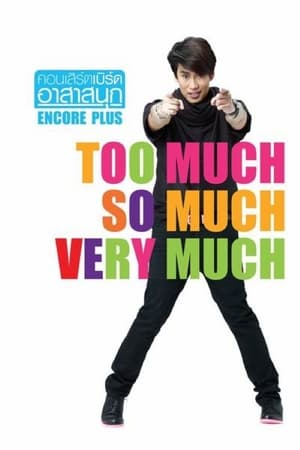 5.5
5.5Bird Thongchai Concert #16/2011 Bird A-Sa-Sanook (Encore Plus)(th)
Thai singer Thongchai "Bird" McIntyre welcome his fan in a musical journey performance held at IMPACT Arena.
 6.7
6.7Murder, She Baked: A Deadly Recipe(en)
Bakery owner Hannah Swensen just can't keep her hands out of the batter when murder stirs things up in Lake Eden, Minnesota, leaving the sheriff dead, a deputy accused, and a killer on the loose.
 5.5
5.5Larry the Cable Guy's Star-Studded Christmas Extravaganza(en)
Celebrate the season in redneck style with Larry and his pals in his second annual Christmas special. Joining him are co-host Tony Orlando and a diverse roster of special guests including fellow Blue Collar comics Jeff Foxworthy and Bill Engvall, plus Jay Leno, Lewis Black, Terry Bradshaw, Toby Keith, and more. Featuring hilarious sketches, pre-taped segments and musical performances, the show is an homage to/parody of '70s holiday specials. "We had so much fun last year we thought we'd try doing it every year," says Larry. "Lucky for us, CMT liked it too."
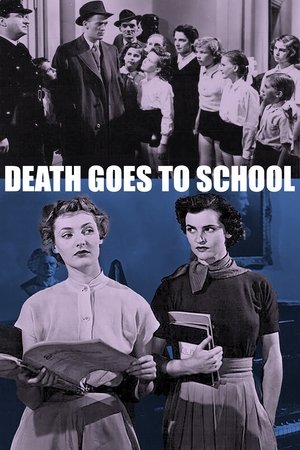 5.4
5.4Death Goes to School(en)
Detective Inspector Campbell (Gordon Jackson) looks into the murder of a teacher at a girls school where there are a number of suspects, including her colleagues and the married man she had been seeing.
Mana Huncha Khina Sawule Chuti Dinna Aama(en)
The air in London was damp and cold, a stark contrast to the vibrant warmth of Kathmandu that Anmol often dreamed of. It had been five years since he left Nepal for the United Kingdom, chasing the dreams his mother, Susmita, had envisioned for him. She had sacrificed everything-her small savings, her comfort, and her daily joy of having her son by her side-so Anmol could study and build a better life abroad. Anmol was a hard worker, juggling university classes and long hours at Amrish's restaurant. The boss, a shrewd businessman, valued profits over people. Anmol, like the rest of the staff, was little more than a cog in the relentless machinery of the restaurant's success. One evening, after another grueling 12-hour shift, Anmol sat on his small bed in his shared apartment. His phone buzzed. It was his mother. "Anmol, Dashain and Tihar are coming. I've cleaned the house and even set aside some money to buy your favorite sweets.
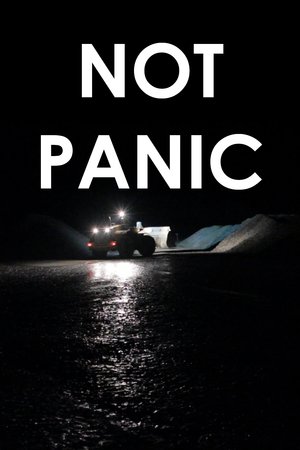 4.0
4.0Not Panic(sv)
They go sledging behind a car. They earn extra by fixing the roof of a neighbor's house. They are young and want to fulfill their dreams, but before them an uncertain future prevails. We are there as one of them, equally present, equally absent.
 4.0
4.0Primera(es)
On October 18 2019, a student uprising was triggered in Santiago over the Chilean government’s increase in metro fare. As the country awakens to the unrelenting abuse of power enacted by a neoliberalist government, and a mistrust in the political class intensifies, we follow Angy and Felipe—two parents who embrace their new roles as activists and enlist in the expanding movement that is fighting for a new Constitution and a just society.
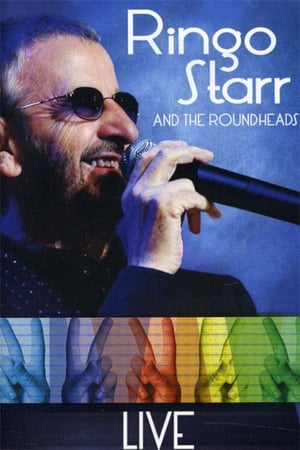 5.6
5.6Ringo Starr and the Roundheads - Live(en)
Filmed at this historic Genesee Theatre in Waukegan, Illinois on June 24, 2005 - this amazing, one-night-only event presents Ringo Starr performing five Beatles classics along with his greatest solo hits in a career-spanning set with The Roundheads. Features: It Don't Come Easy, Octopus's Garden, Choose Love, I Wanna Be Your Man, Who Can It Be Now? (with special guest Colin Hay), Don't Pass Me By, I'm The Greatest, Give Me Back The Beat, Memphis In Your Mind, Photograph, Back Off Boogaloo, Yellow Submarine, Act Naturally, With A Little Help From My Friends
 9.7
9.7Cliff and the Shadows: The Final Reunion(en)
The Shadows are Britain's most successful (instrumental and vocal) group with at least 69 UK hit singles, 35 as 'The Shadows' and 34 as 'Cliff Richard and The Shadows', from the 1950s to the 2000s. In fact they are the 3rd most successful all-time UK's charted hit-singles act, behind Cliff Richard (2nd) and Elvis Presley (1st) according to Guinness Books'. With over 2 hours of live performance from their 2009 show in London featuring hits such as Move It, Dance On and Living Doll, along with over 30 minutes of behind the scenes footage and interviews; this is a must have DVD for all Cliff and The Shadows fans.
 6.7
6.7Louis Theroux: Under the Knife(en)
Louis Theroux: Under the Knife is a TV documentary written and presented by Louis Theroux about the people and doctors involved in plastic surgery operations. Filmed mostly in the USA, in the programme, Louis himself ends up getting liposuction.
Similar Movies
 9.0
9.0Forests(fr)
In a dark, ambiguous environment, minuscule particles drift slowly before the lens. The image focuses to reveal spruce trees and tall pines, while Innu voices tell us the story of this territory, this flooded forest. Muffled percussive sounds gradually become louder, suggesting the presence of a hydroelectric dam. The submerged trees gradually transform into firebrands as whispers bring back the stories of this forest.
 0.0
0.0Through the Repellent Fence: A Land Art Film(en)
The film follows Postcommodity, an interdisciplinary arts collective comprised of Raven Chacon, Cristóbal Martinez and Kade L. Twist, who put land art in a tribal context. The group bring together a community to construct the Repellent Fence, a two-mile long ephemeral monument “stitching” together the US and Mexico.
 0.0
0.0Cry Rock(en)
The wild beauty of the Bella Coola Valley blends with vivid watercolor animation illuminating the role of the Nuxalk oral tradition and the intersection of story, place and culture.
 0.0
0.0Surviving Columbus(en)
This Peabody Award-winning documentary from New Mexico PBS looks at the European arrival in the Americas from the perspective of the Pueblo Peoples.
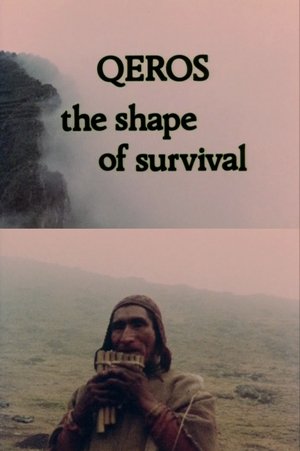 2.0
2.0Q'eros: The Shape of Survival(en)
Exploration of the way of life of the Q’eros Indians of Peru, who have lived in the Andes for more than 3,000 years.
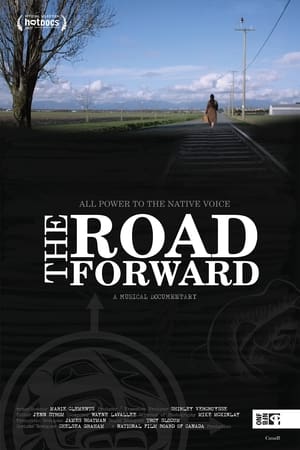 9.0
9.0The Road Forward(en)
The Road Forward is an electrifying musical documentary that connects a pivotal moment in Canada’s civil rights history—the beginnings of Indian Nationalism in the 1930s—with the powerful momentum of First Nations activism today. Interviews and musical sequences describe how a tiny movement, the Native Brotherhood and Sisterhood, grew to become a successful voice for change across the country. Visually stunning, The Road Forward seamlessly connects past and present through superbly produced story-songs with soaring vocals, blues, rock, and traditional beats.
 6.2
6.2Tawai: A Voice from the Forest(en)
Explorer Bruce Parry visits nomadic tribes in Borneo and the Amazon in hope to better understand humanity's changing relationship with the world around us.
 0.0
0.0Bontok, Rapeless(tl)
Two Filipina victims of sexual abuse search the truth behind the finding of a renowned anthropologist: that merely a few generations ago, the Bontok Igorot lived in what seems an unthinkable utopia—a rape-less society.
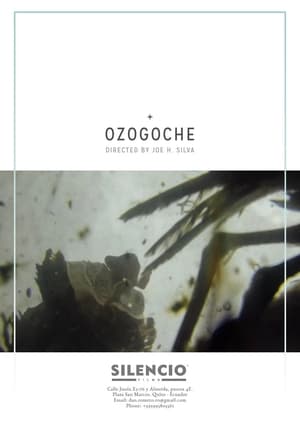 0.0
0.0Ozogoche(es)
Cuviví is the Ecuadorean indigenous name for the upland sandpiper, a wading bird that has special significance for the communities living around the Ozogoche lakes in the middle of the Andes. Each year, these birds migrate south from North America. Around September they pass the Ozogoche lakes, where large numbers then “commit suicide,” plunging from great heights into the ice-cold water. A girl lives near the lake. Her uncle lives in the US, and she might be heading there herself. In the meantime, she awaits the arrival of the cuvivís, few of which have appeared in recent years. The lakes are drying up.
 0.0
0.0Toroboro: The Name of the Plants(es)
A botanical expedition in Ecuador's Amazon becomes a medium for an indigenous Huaorani community to remember the genocidal colonization it suffered in the 1960s. Meanwhile, a group of ecologists from the capital tries to stop oil exploitation in the last remaining forests where the isolated Huaoranis still live, who to this day refuse to come into contact with civilization.
 8.0
8.0The Power of Activism(en)
This film takes us on an emotional journey from sacred ground above Byron Bay to Antarctica, Indonesia to Pakistan, and is sure to light a fire under the strongest climate change denier. THE POWER OF ACTIVISM focuses on six highly spirited female activists as they are put under the microscope to ascertain the financial impact of their environmental solutions… and the results are astonishing. From shark conservation to indigenous practices, intensive farming to plastic pollution; all their ‘causes' fall under the umbrella of "climate change", but they should also fall under the umbrella of "saving tax payers hundreds of millions of dollars!”
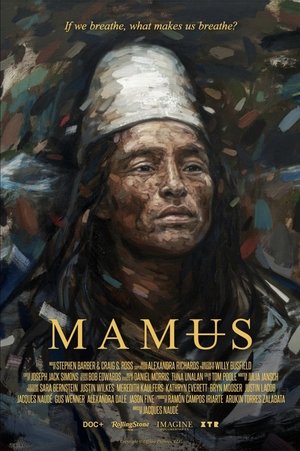 0.0
0.0Mamus(en)
A stunning and intimate portrait of the Arhuaco indigenous community in Colombia. In 1990, in a celebrated BBC documentary, the Arhuaco made contact with the outside world to warn industrialized societies of the potentially catastrophic future facing the planet if we don’t change our ways. Now, three decades later, with the advances of audio/visual technology, we go back to the Snowy Peaks of Sierra Nevada de Santa Maria to illuminate their ethos against the backdrop of an increasingly fragile world.
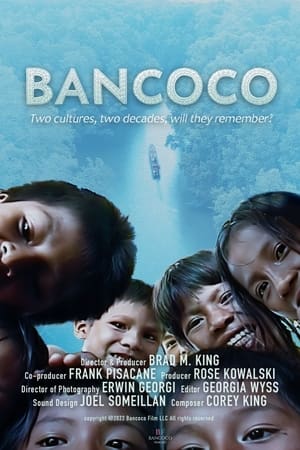 0.0
0.0Bancoco(en)
A New Yorker journeys to the jungle in the Darien Gap of Panama to reconnect with an indigenous tribe he met and photographed 20 years ago. Their reunion highlights the profound power of photos and the human connection that transcends cultural barriers.
Woven Songs of the Amazon(en)
The Shipibo-Konibo people of Peruvian Amazon decorate their pottery, jewelry, textiles, and body art with complex geometric patterns called kené. These patterns also have corresponding songs, called icaros, which are integral to the Shipibo way of life. This documentary explores these unique art forms, and one Shipibo family's efforts to safeguard the tradition.
Sacha Runa Yachay(es)
The elders of the Kichwa community of Sarayaku preserve the history of their land for the youngest. They save the knowledge of their traditions against modernity and the invasion of their territory.
 0.0
0.0Now Is the Time(en)
When internationally renowned Haida carver Robert Davidson was only 22 years old, he carved the first new totem pole on British Columbia’s Haida Gwaii in almost a century. On the 50th anniversary of the pole’s raising, Haida filmmaker Christopher Auchter steps easily through history to revisit that day in August 1969, when the entire village of Old Massett gathered to celebrate the event that would signal the rebirth of the Haida spirit.
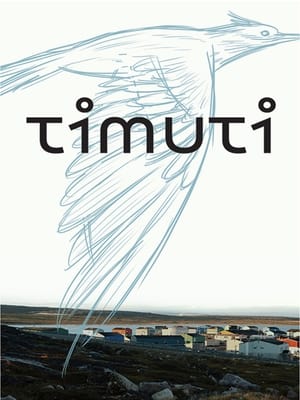 0.0
0.0Timuti(iu)
In Inukjuak, an Inuit community in the Eastern Arctic, a baby boy has come into the world and they call him Timuti, a name that recurs across generations of his people, evoking other Timutis, alive and dead, who will nourish his spirit and shape his destiny.
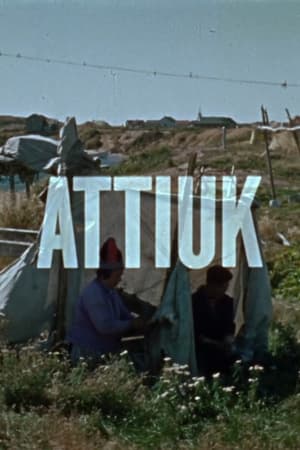 0.0
0.0Attiuk(fr)
The people of Unamenshipu (La Romaine), an Innu community in the Côte-Nord region of Quebec, are seen but not heard in this richly detailed documentary about the rituals surrounding an Innu caribou hunt. Released in 1960, it’s one of 13 titles in Au Pays de Neufve-France, a series of poetic documentary shorts about life along the St. Lawrence River. Off-camera narration, written by Pierre Perrault, frames the Innu participants through an ethnographic lens. Co-directed by René Bonnière and Perrault, a founding figure of Quebec’s direct cinema movement.
No Other Choice(ar)
An undercover documentary film produced and directed by British filmmaker Dominic Brown, about the struggle of the indigenous Sahrawi people of Western Sahara. The documentary covers the current human rights and political situation of the Sahrawi. There are several interviews recorded with human rights victims including an elderly lady who had been attacked in her home the previous day by Moroccan security forces. There is also a focus given to the alleged vested interests of countries in the region, particularly France. The film states that the French Government's close relationship with Morocco, their trade deals and their use of veto over the terms of the UN mission in Western Sahara are major factors.

